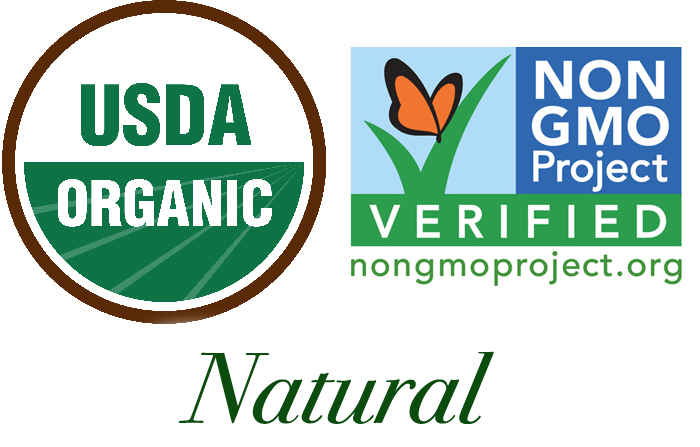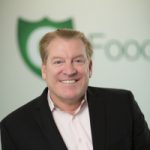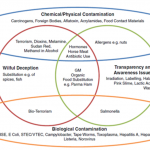This can reduce the number of supply chain partners required to transport materials from far away regions and thereby, the use of sub-contractors by such partners.
It may additionally include engaging in direct relationships with suppliers and reduced reliance on agents or brokers or, where a trading partner is used, certification of the company to a recognized standard that sets forth criteria for ensuring supply chain visibility and maintaining chain of custody. Verifying product integrity through material documentation is critical and must clearly link the material lot or batch to the claim. Claim documentation must be traceable across all supply chain partners.
Alternatively, simplifying the chain may include the reformulation of products to reduce the use of materials at increased vulnerability for fraud as a result of limited availability or sourcing from conflicted regions.
Verify Product Claims
Proving due diligence in label claims through verification activities is particularly important amidst current regulation and public scrutiny of claims like “all-natural” and “healthy”, and should be well documented.
Verifying organic claims is fairly straightforward as labeling practices are highly regulated in today’s market and under the scrutiny of the USDA National Organic Program (NOP) or equivalent programs such as the European Union (EU) or Canadian organic standards. Due to regulation, organic claims have assurance as to product integrity where vulnerability to fraud has been addressed. Manufacturers should ensure a current certificate is on file for the supplier’s organic operation and that supplied materials are within the scope of certification. Additional verification activities may include reviewing the supplier’s corrective action(s) for any non-conformity identified during a previous inspection.
Verifying other IP claims such as non-GMO or gluten-free is becoming increasingly easier as producers have improved access to verification schemes and sensitive detection methods for demonstrating the integrity of their IP system. Non-GMO and gluten-free claims are regulated in many countries, so the verification method and limit of detection for GM events or gluten contamination, respectively, must ensure compliance. Written assurance from the supplier confirming the IP status may also be used to support verification.
Conversely, verifying natural and healthy claims may not be so straightforward due to a current lack of regulatory oversight by the FDA for use of the term “natural” and proposed revision by the agency for use of “healthy” food claims. In this instance, clearly defined finished product specifications should be developed to include product formulation and verified against applicable food labeling regulation in the country of sale.
For example, a current “healthy” label claim must consider nutrient content (e.g., total fat) for the product. Where a healthy claim is applied, manufacturers should ensure the product formulation meets the regulatory definition for the claim followed by periodic testing to verify that the nutrient content is within the specified limits. Establishing clear specifications for raw materials, finished product and labels sets forth guidelines for verifying product claims.
It is critical for organic and natural product manufacturers to manage risks in their supply chain to prevent mislabeling and false claims. In pursuit of this goal, manufacturers should seek to better understand the source and nature of materials used in the products they produce and verify that supply chain controls maintain product integrity.
References
- Innova Market Insights. (2016). “Clean Supreme” Leads Top Trends for 2017. PRNewswire.
- Whole Foods Market. (2016). “Whole Foods Market Reports Fourth Quarter and Fiscal Year 2016 Results”. Press Release.
- Organic Trade Association. (OTA). (2016). 2016 Organic Industry Survey.
- USA Today. (2016). Non-GMO demand growing despite report that says GMOs are safe.
- Packaged Facts. (2016). Gluten-Free Foods in the U.S. 6th Edition.
- Brew, S.L., Eads, K.R., Toeniskoetter, S.B. (2012). Food Labeling Remains Ripe for Consumer Fraud Class Actions. American Bar Association.
- World Economic Forum (WEF). (2012). New Models for Addressing Supply Chain and Transport Risk.
- Spink, J. and Moyer, DC. (2011). Defining the Public Health Threat of Food Fraud. Journal of Food Science. Vol. 76, No. 9.







